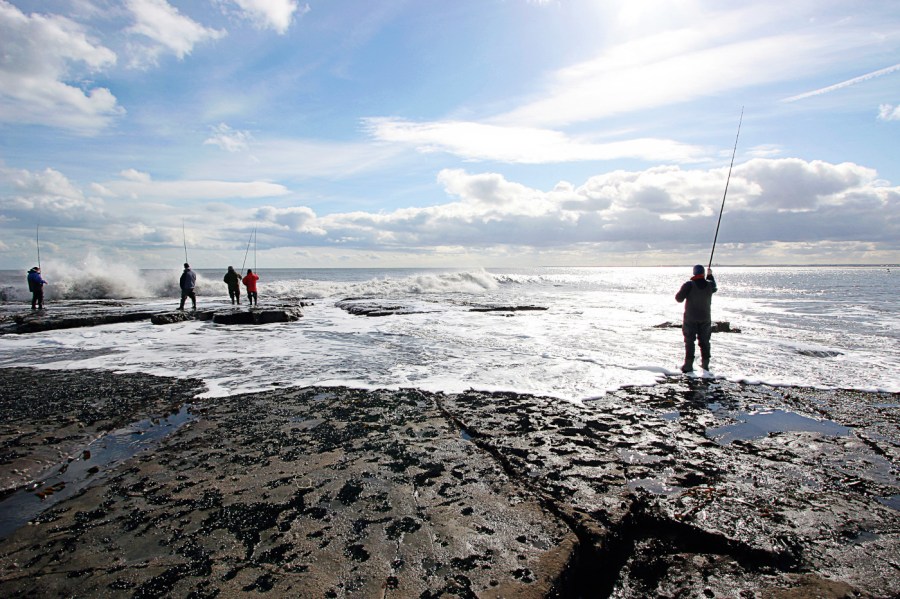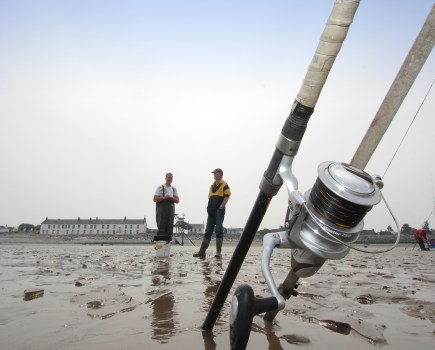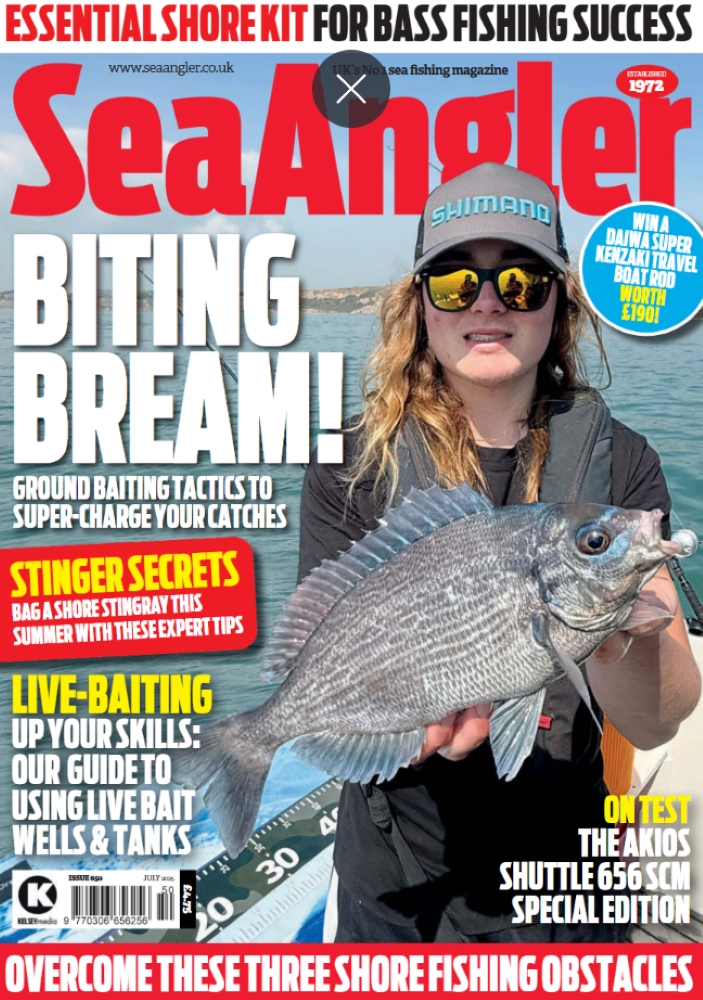Government proposals for a new Highly Protected Marine Area at Lindisfarne in Northumberland could see all fishing banned – including angling
Anglers face being banned from fishing from the Northumberland coastline after a 129km² area has been put forward as a highly protected marine area (HPMA) where no fishing activity will be allowed to take place.
The area extends from the intertidal zone north of Goswick, northeast out to sea and south-east; it then returns inland south of Budle Bay at Bamburgh. It includes the intertidal habitat on the north shore of Holy Island, Budle Bay and encompasses the outer group of the Farne Islands, excluding Inner Farne.
Why here?
The site has been identified as a new HPMA because it is home to a variety of threatened or important species including seagrass beds, blue mussel beds, fragile sponge communities and intertidal under boulder communities. The rich intertidal muddy sediments feed thousands of wintering birds such as waders and geese. The area is the only regular British wintering site for light-bellied brent geese, during their winter migration from the Arctic. This bird haven also supports breeding Arctic and little tern, puffins and guillemots on the Farne Islands.
‘The area also provides important foraging and haul out areas for grey seals and the Northumberland colony, which provides three per cent of the British annual pup production. Deeper sediment habitats, while appearing more barren than intertidal areas, provide habitat and food sources for important commercial fish species such as herring and cod, living in the water column.’
It’s this diverse and varied location of Lindisfarne which has given Defra the opportunity to protect a wide range of habitats and species – many of which have been identified as threatened. Defra claims the area is degraded due to commercial and recreational activities having contributed to existing marine protected areas being in an ‘unfavourable’ condition.
However, the three areas in unfavourable condition: water quality, degraded from sewage outfalls and agricultural run-off, sea grass beds and mussel beds, are not included in the proposed HPMA and wouldn’t therefore receive protection anyway.
As a result, the new HPMA will, unlike other protected areas such as Marine Conservation Zones (MCZ), ban many human activities taking place.
The objective is “To achieve full natural recovery of the structure and functions, features, qualities and composition of characteristic biological communities present within HPMAs and prevent further degradation and damage to the marine ecosystem subject to natural change.”
In other words, to fully restore the area to a natural state by preventing any activities taking place that interfere with this. HPMAs will prohibit extractive, destructive and depositional uses, allowing only non-damaging levels of other activities. But is this realistic or achievable? And what about the impact on local people who live and work in the area making their living from, or using the sea?
Angling is popular all along this stretch of the coastline both from the shore and from boats with private boats launched from slipways at Amble and charter boats operating at Berwick, Holy Island, Seahouses and Eyemouth.
Activities considered to be non-damaging, but perhaps in need of code of conducts in the future, include diving, dog walking and power boating.
Local reaction
Local fishermen in the area have condemned the proposals, which would see hundreds of years of fishing on Holy Island and the surrounding areas come to an end. Even the local vicar on Holy Island has objected to the plans telling The Guardian the proposal would be “a real error”.
Les Weller is a local angler and the chairman of the Northumberland Inshore Fisheries and Conservation Authority, which would be responsible for managing the HPMA if it is designated after the consultation. Les first became aware of the proposal to create the HPMA when he read details of it published in the Guardian.
He told the paper, “This is a top-down consultation and is very ill-thought through. Our seas here have never been in decline.” Les told The Guardian, “There are five types of marine protected areas around Lindisfarne. We are one of the most protected parts of the coast.” He went on to say that he would lead a “balanced consultation, from the bottom up”, and submit the result to Defra before the closing date on September 28.
Sea Angler spoke to Les who said, “We are obviously working hard on the consultation and are running workshops with a social scientist from Newcastle University. I have had a meeting in Seahouses with 50 plus attendees including the vicar of Lindisfarne who is very vocal. The HPMA would mean no angling from boat or shore, most locals do not use this area, however the ever-increasing holiday anglers and visiting boats do. The ban would include all hand gathering, such as bait digging, and even kids rock pooling if they are extracting anything such as shrimps.”
Get involved today
Anglers are being encouraged to share their views on the proposals by responding to the consultation which closes on September 28. Sea Angler has already responded on behalf of its readers and anglers in the North-East by objecting to the proposals to ban recreational fishing, which is a low impact activity and can be conducted alongside the objective of recovering the area and protecting the threatened and important habitats and species. To respond to the online consultation and make sure your voice is heard go to Consultation on Highly Protected Marine Areas (HPMAs) – Defra – Citizen Space







